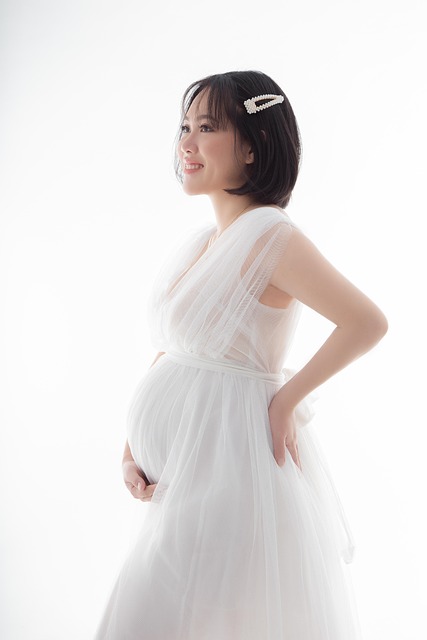Before heading outside with your little one, it’s crucial to ensure they are well protected from the sun’s rays. Baby skin is delicate and more prone to severe burns, making sun protection essential. The best strategy is to prevent sun exposure altogether, particularly during peak hours between 10 a.m. and 4 p.m. If you must venture out, here are some friendly tips on when to start using sunscreen and how to choose the right one.
When Can Babies Start Wearing Sunscreen?
Sunscreen guidelines vary depending on your baby’s age, so it’s important to be aware of their developmental stage before applying any product.
For newborns and babies under 6 months: The American Academy of Pediatrics recommends keeping infants younger than six months out of direct sunlight as much as possible. However, if you find yourself in a situation without shade, it’s generally safe to apply a small amount of baby-friendly sunscreen with an SPF of 30 to 50 (never lower than SPF 15) to exposed areas like their face and the back of their hands.
For older babies: Once your baby is over 6 months, you can apply sunscreen more liberally. Look for products labeled as ‘broad-spectrum’ and ensure they’re free from harmful chemicals.
How Much Sunscreen Should You Use?
When applying sunscreen, aim for about one ounce (the size of a shot glass) to cover your baby’s entire body. Don’t forget areas that are often overlooked, like the tops of their feet, ears, and the back of their neck!
Choosing the Right Sunscreen
Look for sunscreens specifically designed for babies or those that are mineral-based. These typically contain zinc oxide or titanium dioxide, which can be safer for sensitive skin. Remember, baby-safe options are your best bet!
Additional Sun Protection Tips
In addition to sunscreen, consider these protective measures:
- Dress your baby in lightweight, long-sleeved clothing to shield their skin from UV rays.
- Use a wide-brimmed hat to protect their face and neck.
- Seek shade as much as possible to minimize sun exposure.
- Invest in baby sunglasses that block UV rays for additional protection.
For those exploring options for starting a family, check out the Make a Mom site, which offers an at-home insemination method with reusable options. This can be a great resource for families looking to conceive. If you want to connect with others in similar situations, consider joining the Make a Mom Facebook group for support and advice.
For more information on the process of at-home insemination, visit How It Works to see how easy it can be. Additionally, if you’re interested in learning more about fertility treatments, the NHS provides excellent insights into various options.
And while you’re browsing, don’t forget to check out our post on baby and toddler toys for some engaging ideas for your growing child!
Summary
Protecting your baby from the sun is vital for their health and safety. Always apply baby-safe sunscreen and take precautions to keep them shielded from harmful UV rays. If you’re considering starting a family, resources like Modern Family Blog can offer valuable information on pregnancy and at-home insemination.
